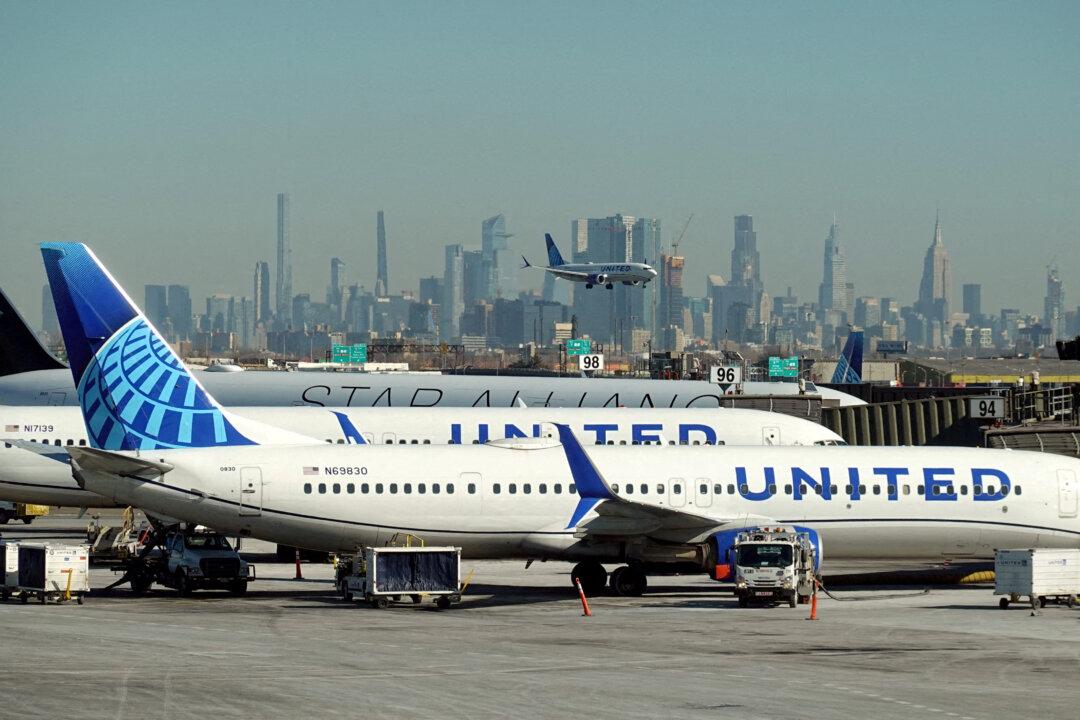The yuan jumped against the dollar on Tuesday amid hopes of a potential easing in the country’s strict pandemic restrictions following an unprecedented episode of unrest.
The euro rose ahead of inflation data due on Wednesday.
The offshore yuan surged 0.9 percent to 7.1850 a dollar. The onshore yuan was up 0.6 percent at 7.1666 per dollar.
“People are getting quite excited about some sort of reopening,” said Alvin Tan, head of Asia FX strategy at RBC Capital Markets.
The U.S. dollar, which rallied in the previous session on mounting worries over China’s COVID-19 situation, fell 0.4 percent to 106.19.
The Aussie, often used as a liquid proxy for the yuan, rose 1.2 percent to $0.6734. The kiwi similarly gained 1.3 percent to $0.6239.
Risk-sensitive sterling strengthened 0.7 percent to $1.2043. The Japanese yen last traded about 0.75 percent higher at 138.19 per dollar.
Police on Monday stopped and searched people at the sites of weekend protests in Shanghai and Beijing, after crowds there and in other Chinese cities demonstrated against the country’s strict zero-COVID policy.
Eurozone Inflation
The euro was up 0.4 percent at $1.0380, not far from a five-month peak of $1.0497 hit on Monday.European Central Bank President Christine Lagarde said overnight that eurozone inflation had not peaked and it risked turning out even higher than currently expected, hinting at a series of interest rate hikes ahead.
Flash eurozone inflation figures for November are due on Wednesday, with economists polled by Reuters expecting inflation to come in at 10.4 percent year-on-year.
Ahead of that, figures showed on Monday that Spain’s consumer prices in the 12 months to November rose 6.8 percent, a slower pace than the previous 7.3 percent figure marked in October. Inflation numbers from Germany are expected later on Tuesday.
“The consensus is for German headline inflation to stabilise at 10.4 percent and eurozone figures to slow slightly tomorrow,” said Francesco Pesole, FX strategist at ING.
“It’s difficult to see this significantly altering the ECB’s narrative, but an above-consensus print may prompt markets to seriously consider a 75 basis point hike in December.”
The greenback remained marginally supported by hawkish Federal Reserve speakers overnight.
St. Louis Fed President James Bullard said the Fed needed to raise interest rates quite a bit further, while New York Fed President John Williams and Richmond Fed President Thomas Barkin echoed similar views.
Comments from Fed Chair Jerome Powell on Wednesday will be watched for new signals on further tightening, with key U.S. jobs data for November due on Friday. The U.S. central bank is widely expected to hike rates by an additional 50 basis points when it meets on Dec. 13–14.





